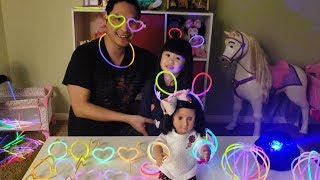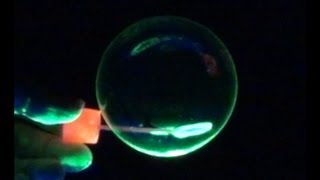Saturday, 11 October, 2025г.
















Где искать: по сайтам Запорожской области, статьи, видео ролики
пример: покупка автомобиля в Запорожье
Chemiluminescence: How Glow Sticks Work -- Bytesize Science
Listen up all you ravers out there! Our latest episode breaks down the chemistry behind everybody's favorite party favor, the glow stick. Chemiluminescence is at the heart of how glow sticks (as well as fireflies) give off their otherworldly light. When scientists first tried to make their own glowing material in the 1960s, they realized they needed two components. The first is a molecule that lights up when excited, and the second is an energy source to excite the first molecule.
To think of it another way, dancers are needed to "light up" a party and a DJ is needed to kick start the dancing. In a glow stick, the dancer is called oxalate ester and the DJ is hydrogen peroxide. But that's not all the chemistry involved -- every unique glow stick color requires a different glowing molecule.
Produced by the American Chemical Society
Теги:
Glow sticks chemiluminescence firefly chemistry science light reaction molecule oxalate american chemical society acs ester hydrogen peroxide phenol ring compound dye
Похожие видео
Мой аккаунт


 У вашего броузера проблема в совместимости с HTML5
У вашего броузера проблема в совместимости с HTML5

![DREAM GLOW - BTS (방탄소년단) feat. Charli XCX [Color Coded Lyrics Han|Rom|Indo]](/images/mq/7/ba/dyS6K_zM1iNHx3.jpg)
